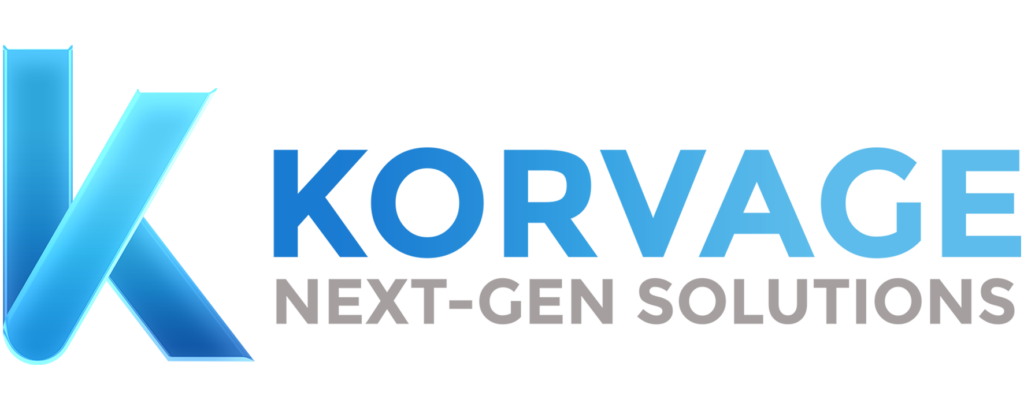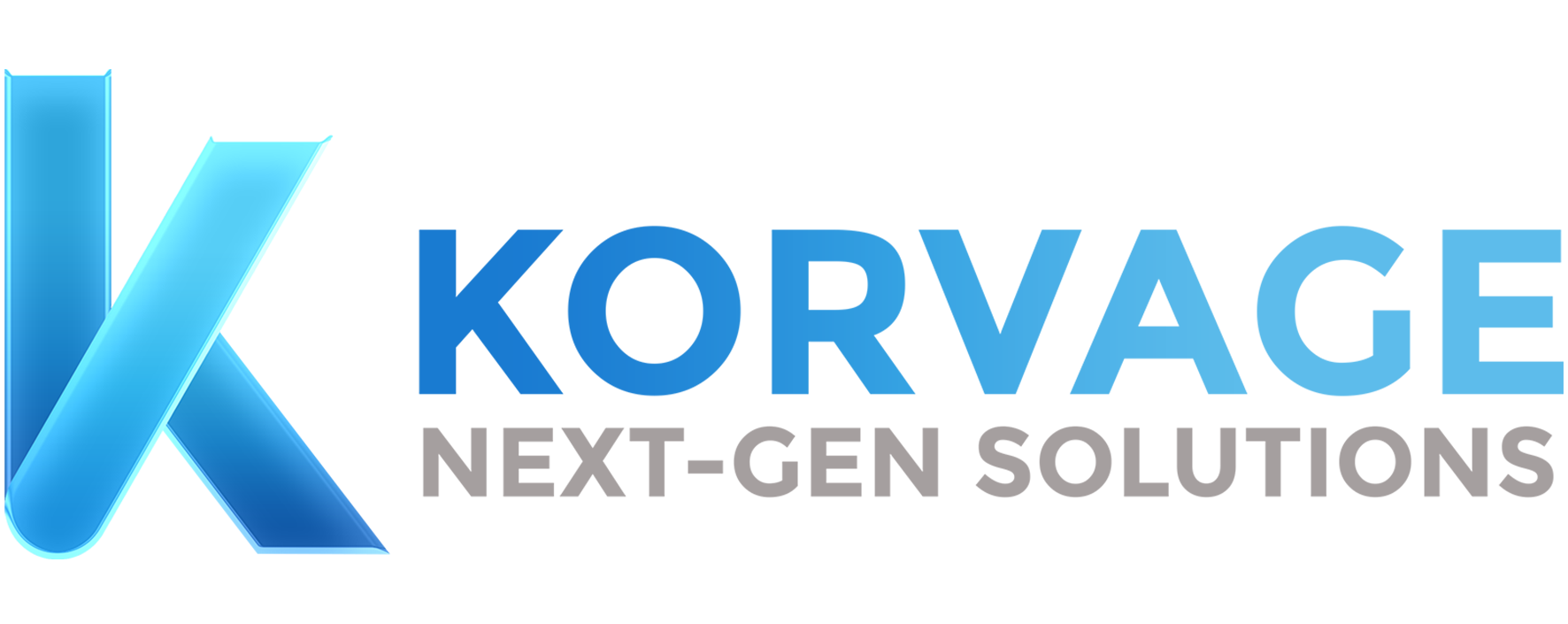Difference between Advertising and Promotion

Let’s Discuss the vital difference between Advertising and Promotion
Welcome to the World of Marketing
Marketing is a vast and dynamic field that encompasses various strategies and tactics aimed at promoting products, services, or ideas to target audiences. Understanding its core concepts is essential for anyone looking to succeed in the realm of business and communication.
Defining Advertising
At its core, advertising is a form of communication that aims to promote or sell a product, service, or idea. It involves crafting persuasive messages and disseminating them through various channels to reach the intended audience. From billboards to social media ads, advertising takes many forms and can be categorized into traditional and digital channels.

Exploring the Essence
Advertising is more than just promoting a product; it’s about creating a connection with consumers and influencing their purchasing decisions. By leveraging creativity, psychology, and market research, advertisers strive to capture attention, evoke emotions, and drive action.
Types of Advertising
In today’s digital age, advertising has evolved beyond traditional mediums like print, TV, and radio. While these channels still play a significant role, digital advertising has emerged as a powerful tool for reaching targeted audiences online. From display ads to video campaigns, digital advertising offers unprecedented reach and precision targeting capabilities.
Objectives of Advertising
The primary objectives of advertising are to increase brand awareness, drive sales, and build brand image. Whether launching a new product or reinforcing brand loyalty, advertising plays a crucial role in shaping consumer perceptions and driving business growth.

Exploring Promotion
Promotion, on the other hand, involves a broader range of marketing activities aimed at stimulating sales and enhancing brand visibility. It encompasses tactics such as sales promotions, personal selling, and public relations, each serving distinct purposes in the marketing mix.
Diving into its Meaning
Promotion is about creating incentives and opportunities for consumers to engage with a brand or product. Whether through limited-time discounts, face-to-face interactions, or strategic media placements, promotion seeks to influence consumer behavior and drive conversions.
Forms of Promotion
Sales promotion tactics include discounts, coupons, contests, and other incentives to encourage immediate purchase decisions. Personal selling involves direct interaction with customers, providing personalized assistance, and building relationships. Public relations focuses on a brand’s image and reputation through media relations, influencer partnerships, and community engagement.

Key Differences
While advertising and promotion share the goal of driving sales and enhancing brand visibility, they differ in scope, time frame, communication channels, and objectives.
Immediate vs. Long-Term Impact
Advertising campaigns may take time to generate measurable results, whereas promotional activities can generate immediate responses from consumers. Balancing short-term sales objectives with long-term brand-building efforts is key to sustainable growth.
Understanding the Mediums
Advertising relies on various communication channels, including print, broadcast, digital, and social media, to reach target audiences. On the other hand, utilize direct sales tactics, event marketing, or public relations campaigns to drive engagement and conversions.
Comparing Goals and Outcomes
While advertising aims to create brand awareness and influence consumer perceptions, promotion focuses on driving sales and generating leads. By aligning these goals with the overall marketing strategy, businesses can maximize their marketing efforts and achieve measurable results.
Impact on Consumers
Both advertising and promotion play a significant role in shaping consumer perceptions and influencing purchasing decisions. Understanding how each strategy impacts consumer behavior can help marketers craft more effective campaigns and drive business growth.
How Each Influences Consumer Behavior
Advertising relies on creative messaging, storytelling, and branding to capture attention and influence consumer perceptions. Promotion, on the other hand, offers tangible incentives and benefits to motivate immediate action.
Tapping into Emotions through Advertising and Promotion
In marketing, a powerful tool is an emotional appeal, which can be wielded through heartwarming storytelling or irresistible offers. By tapping into consumers’ emotions, advertisers and promoters can create memorable experiences that resonate with their target audience.
Analyzing the Role of Advertising and Promotion
The purchase decision process is complex and multifaceted, influenced by factors such as price, product quality, brand reputation, and marketing messages. Understanding how advertising and promotion contribute to each stage of the decision-making process can help marketers optimize their strategies and drive conversions.
Budget Allocation
Allocating funds effectively is essential for maximizing the impact of advertising and promotion efforts. By carefully balancing budgets and prioritizing high-impact tactics, businesses can achieve their marketing objectives while optimizing ROI.
Resource Distribution
Determining the appropriate allocation of resources requires careful consideration of factors such as target audience, marketing goals, and competitive landscape. Whether investing in digital advertising campaigns or launching a sales promotion, strategic resource allocation is key to achieving optimal results.
Evaluating Returns on Investment for Advertising and Promotion
Measuring the effectiveness of advertising and promotion efforts requires tracking key performance indicators (KPIs) and evaluating ROI. By analyzing metrics such as impressions, clicks, conversions, and sales lift, marketers can assess the impact of their campaigns and make data-driven decisions.

Measuring Effectiveness
Metrics for Advertising
Advertising effectiveness can be measured using a variety of metrics, including impressions, clicks, conversions, and return on ad spend (ROAS). By analyzing these metrics, marketers can assess the performance of their advertising campaigns and optimize for maximum impact.
Metrics for Promotion
Promotional effectiveness can be evaluated using metrics such as redemption rates, sales lift, and customer engagement. By tracking these metrics, marketers can gauge the success of their promotional activities and identify areas for improvement.
Real-World Examples
Examining successful advertising and promotion campaigns can provide valuable insights and inspiration for marketers. By studying real-world examples from diverse industries, marketers can learn from best practices and apply them to their marketing strategies.
Visit our Site.
Conclusion
Understanding the difference between advertising and promotion is essential for developing effective marketing strategies that drive business growth and enhance brand visibility. By recognizing their unique strengths and limitations, marketers can leverage both approaches to achieve optimal results.
In today’s competitive marketplace, differentiation is key to standing out and capturing consumers’ attention. By understanding the nuances between advertising and promotion, marketers can develop targeted strategies that resonate with their target audience and drive measurable results.


